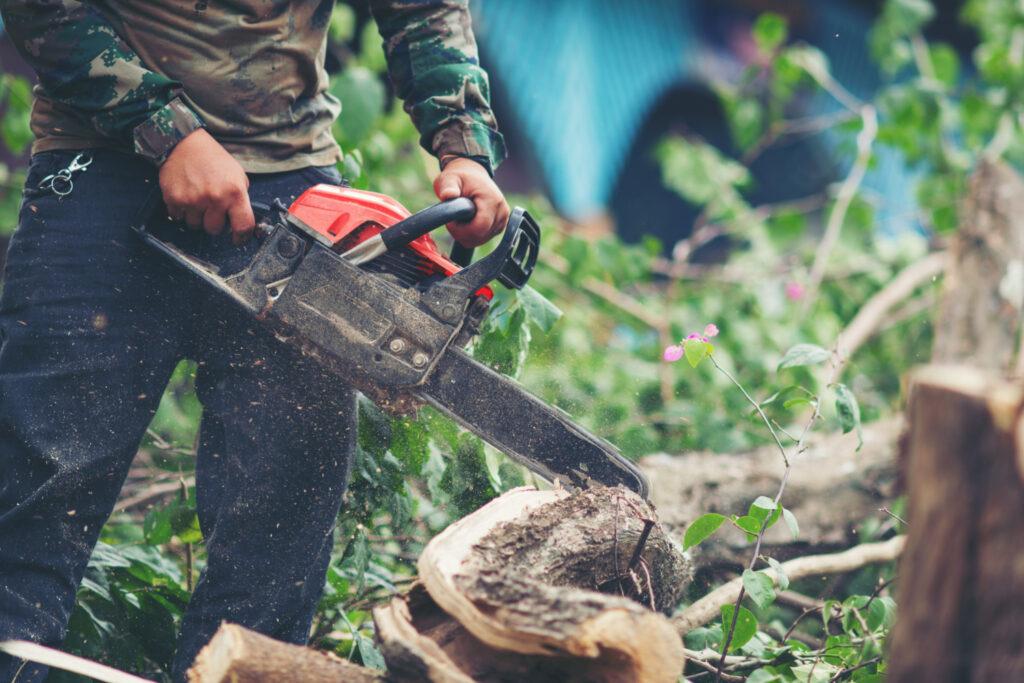Whether it’s spring, summer, fall, or winter, each season offers unique advantages for specific tree care tasks. By scheduling tree-cutting services at the right time, you can ensure that your trees thrive and continue to enhance the natural beauty of your property while reducing the risk of potential hazards. You need to know when to call in tree cutting services Coppell. Timing is important to ensure both the health and safety of your trees and the well-being of your property.
Spring: The Season of Renewal
Spring is often associated with new beginnings, and it’s an excellent time for many tree-related tasks. During this season, the weather is generally mild, and trees are beginning to awaken from their winter dormancy. Spring tree cutting services can include pruning to remove dead or diseased branches, shaping to encourage healthy growth, and addressing any winter storm damage. With leaves and blossoms emerging, it is easier for arborists to assess the tree’s structure and needs.
Summer: Managing Growth and Health
Summer in Coppell can bring intense heat and humidity, which can stress trees. This season is ideal for managing excessive growth through pruning and trimming. By removing overgrown branches, you can improve airflow and reduce the risk of pest infestations and diseases. Tree cutting services Coppell during summer can help maintain the tree’s shape, preventing it from becoming too dense and blocking sunlight.
Fall: Preparing for Winter
As fall approaches, tree cutting services can help prepare your trees for the harsher winter months. Removing dead or weak branches before winter storms can reduce the risk of branch breakage and property damage. Fall is also a suitable time for selective tree cutting to thin out crowded canopies, enhancing the tree’s structural integrity, and preventing leaves from smothering your lawn.
Winter: Pruning During Dormancy
Winter is the ideal season for major pruning and tree cutting services in Coppell, as many trees are dormant. Arborists can easily identify and address structural issues without leaves obscuring the tree’s structure. Pruning during dormancy minimizes stress on the tree, and any wounds will have ample time to heal before the growing season begins.
Pruning vs. Tree Cutting
Tree Pruning involves the selective removal of specific branches or parts of a tree to promote its health, structure, and aesthetics. Pruning aims to enhance the tree’s natural shape, remove dead or diseased branches, and improve air circulation within the canopy. It is typically done for maintenance and includes activities like shaping, thinning, and crown reduction.
On the other hand, tree cutting generally refers to removing an entire tree or a significant portion of it. This practice is typically employed when a tree is deemed hazardous, dead, diseased beyond recovery, or if it poses a threat to property or safety. Tree removal may also be necessary during construction or when trees have outgrown their space. It is a more extensive and irreversible process compared to pruning.
Pruning is a targeted and precision-oriented tree care method that aims to enhance the tree’s health and appearance. Tree cutting involves the complete removal of a tree due to various factors, including safety concerns or health issues that cannot be mitigated through pruning alone.


